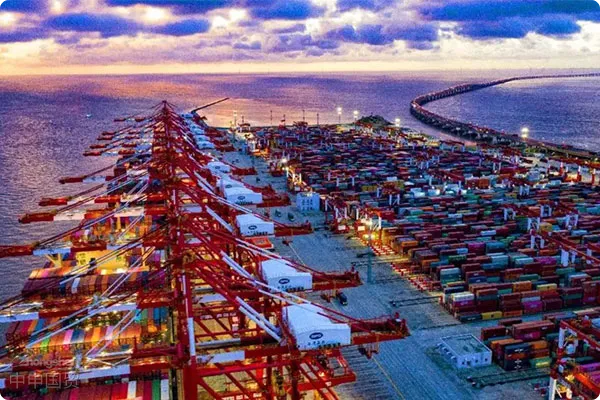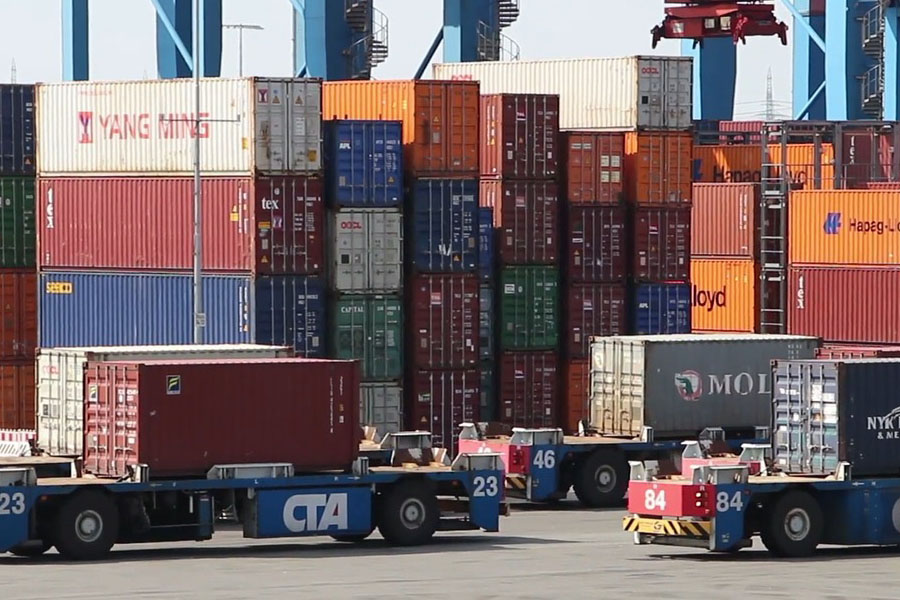- Shanghai Zhongshen International Trade Co., Ltd. - Two decades of trade agency expertise.
- Service Hotline: 139 1787 2118

Why Do Imported Teaching Equipment Require Professional Agents? An In-Depth Analysis of the 2025 Customs Clearance New Regulations
With the acceleration of educational modernization, by 2025, China's teaching...Equipment ImportsThe scale is expected to exceed $38 billion. Under the latest "Regulations on the Supervision of Imported Scientific and Educational Supplies" issued by the General Administration of Customs, professionalforeign tradeAgents have become key partners in mitigating trade risks and enhancing import efficiency.
Trends in Changes to Industry Access Conditions
After the implementation of the 2025 new edition of the "Classification Catalog of Teaching Instruments," imported equipment will face three core challenges:
- Certification System Upgrade:STEM teaching aids now require dual certification of CE+CCC.
- Tariff classification refinement:Virtual reality devices are assigned a separate 8-digit tax code.
- Enhanced Health Quarantine:Biological experimental equipment is subject to mandatory Class A quarantine.
Comparison of Core Values Among Professional Agents
- Qualification Management:
- Self-import: Requires the allocation of at least 3 certified customs declarants.
- Agency Services: Automatic Matching of Customs AEO Certification Qualifications
- Cost Control:
- Self-import: On average, it incurs an additional 12% in costs.
- Agency Services: Save 9%-15% on Tariffs Through Classification Recommendations
2025 Customs Clearance Process Optimization Plan
Standardized operating system for professional agency can reduce customs clearance time by 45%:
- Pre-classification phase:Lock in a tax ID dispute resolution solution 120 days in advance.
- BookAutomatically generate AEO-compliant declaration document packages
- On-site inspection:Equip an emergency response team to handle sudden inspections.
Key nodes of risk prevention and control
A case of import by a provincial vocational and technical college in March 2025 shows:
- Intellectual property:Successfully avoided 3 potential patent infringement risks.
- Quality Dispute:Avoiding a $420,000 Loss Through Pre-Shipment Inspection
- Logistics exception:Urgent handling of 2 batches of stranded cargo at the port
Against the backdrop of continuously tightening import regulatory policies in 2025, professional agencies can leverage their customs big data systems and risk early-warning mechanisms to help educational institutions reduce comprehensive import costs by 37%, ensuring the compliant and efficient implementation of teaching equipment procurement projects.
Related Recommendations
Contact Form
? 2025. All Rights Reserved. Shanghai ICP No. 2023007705-2  PSB Record: Shanghai No.31011502009912
PSB Record: Shanghai No.31011502009912










